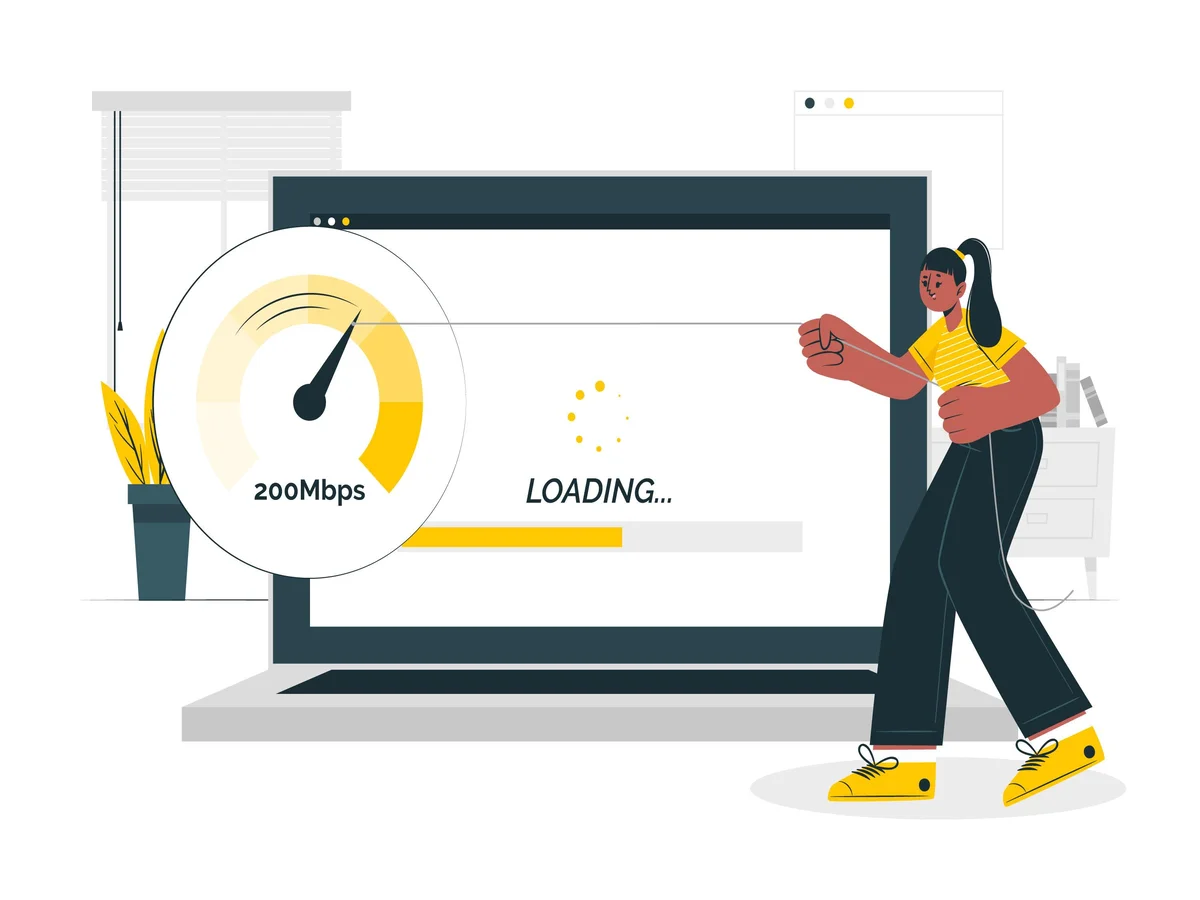Google’s Core Web Vitals Rescues 10,000+ Years in Load Times

In the ever-evolving landscape of the internet, website performance has become a critical factor in providing a seamless user experience. Google’s Core Web Vitals, introduced to measure and enhance user experience on the web, have proven to be a game-changer. With a focus on load times and interactivity, these metrics have rescued over 10,000 years in cumulative load times across the vast expanse of the internet.
What Are Core Web Vitals?
Core Web Vitals consist of three key metrics: Largest Contentful Paint (LCP), First Input Delay (FID), and Cumulative Layout Shift (CLS). These metrics collectively gauge the loading performance, interactivity, and visual stability of a webpage. Google considers these factors crucial for delivering a user-friendly online experience.
Largest Contentful Paint (LCP): LCP measures the time it takes for the largest content element on a webpage to become visible. This could be an image, video, or a block-level element. Google recommends achieving an LCP of 2.5 seconds or faster for a positive user experience. Websites that optimize for LCP ensure that users can quickly access the main content, reducing frustration and improving overall satisfaction.
First Input Delay (FID): FID assesses the time it takes for a webpage to respond to the first user interaction, such as a click or tap. It measures the site’s interactivity and responsiveness. A low FID is crucial for ensuring users can engage with the webpage without delay. Google’s recommendation is to keep FID under 100 milliseconds to provide a smooth and responsive user experience.
Cumulative Layout Shift (CLS): CLS measures the visual stability of a webpage by evaluating unexpected layout shifts during the loading process. Sudden layout changes can be disorienting for users, especially when they are interacting with elements on the page. To deliver a visually stable experience, Google suggests keeping CLS below 0.1. Websites that prioritize minimizing layout shifts contribute to a more comfortable and predictable browsing experience.
Impact on Load Times
The adoption of Google’s Core Web Vitals has led to a significant reduction in cumulative load times across the internet. By optimizing for LCP, FID, and CLS, websites have enhanced their overall performance, resulting in faster loading speeds and improved user satisfaction. The impact is not just on individual websites but extends to the collective user experience of millions of internet users worldwide.
Challenges and Solutions
While the adoption of Core Web Vitals has been transformative, implementing these optimizations comes with its challenges. Website owners and developers may face technical hurdles, especially when dealing with legacy systems. However, the benefits far outweigh the challenges. Google provides extensive documentation and tools to assist developers in identifying and addressing issues related to Core Web Vitals.
Key Takeaways
Google’s Core Web Vitals have emerged as a cornerstone in the pursuit of a faster, more user-friendly internet. The metrics of LCP, FID, and CLS serve as benchmarks for website performance, guiding developers and businesses toward creating online experiences that users can navigate seamlessly. The collective effort to embrace Core Web Vitals has not only rescued thousands of years in cumulative load times but has also ushered in an era where website performance is synonymous with user satisfaction and loyalty. As the internet continues to evolve, prioritizing Core Web Vitals will remain a key strategy for delivering exceptional online experiences.
FAQs:
Core Web Vitals are a set of user-centric metrics introduced by Google to measure and improve the loading performance, interactivity, and visual stability of web pages. The three key metrics are Largest Contentful Paint (LCP), First Input Delay (FID), and Cumulative Layout Shift (CLS).
Core Web Vitals are crucial because they directly impact user experience on the web. Google uses these metrics as a ranking factor, meaning that websites that perform well in terms of LCP, FID, and CLS are more likely to rank higher in search results. Prioritizing Core Web Vitals is essential for providing a positive user experience and maintaining or improving search engine rankings.
LCP measures the time it takes for the main content of a web page to become visible. A fast LCP ensures that users can quickly access the most important information on a page, leading to a more satisfying and engaging user experience. Slow LCP times can result in frustration and increased bounce rates.
FID measures the time it takes for a webpage to respond to the first user interaction, such as a click or tap. A low FID is crucial for providing a responsive and interactive user experience. If a webpage has a high FID, users may experience delays when trying to interact with the page, leading to a less satisfactory experience.
CLS measures the visual stability of a webpage by evaluating unexpected layout shifts. A low CLS indicates that the elements on a page remain stable during the loading process, preventing disorienting shifts that can frustrate users. Optimizing for CLS contributes to a more comfortable and predictable browsing experience.







